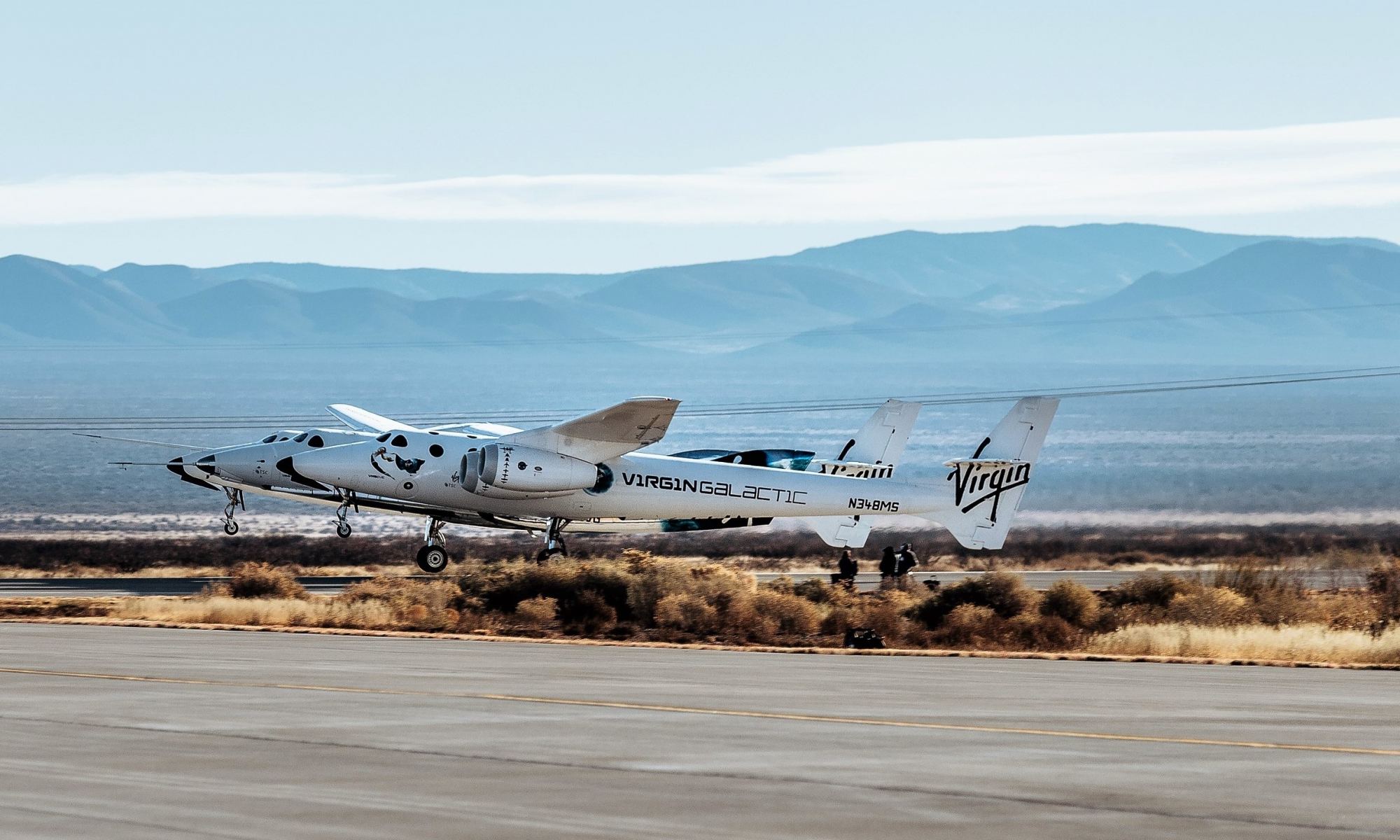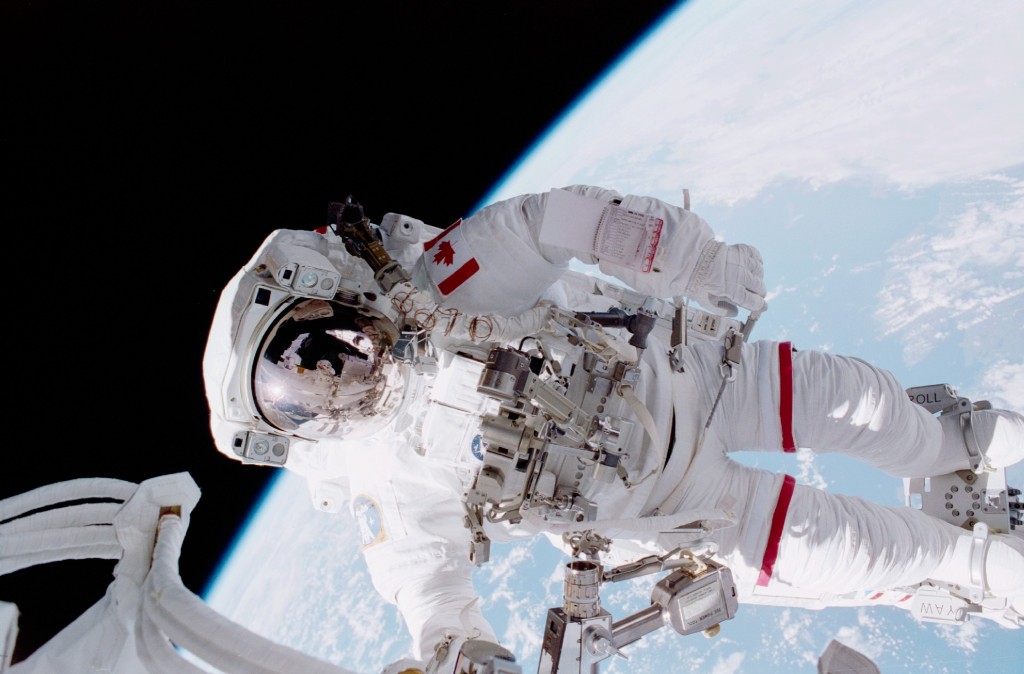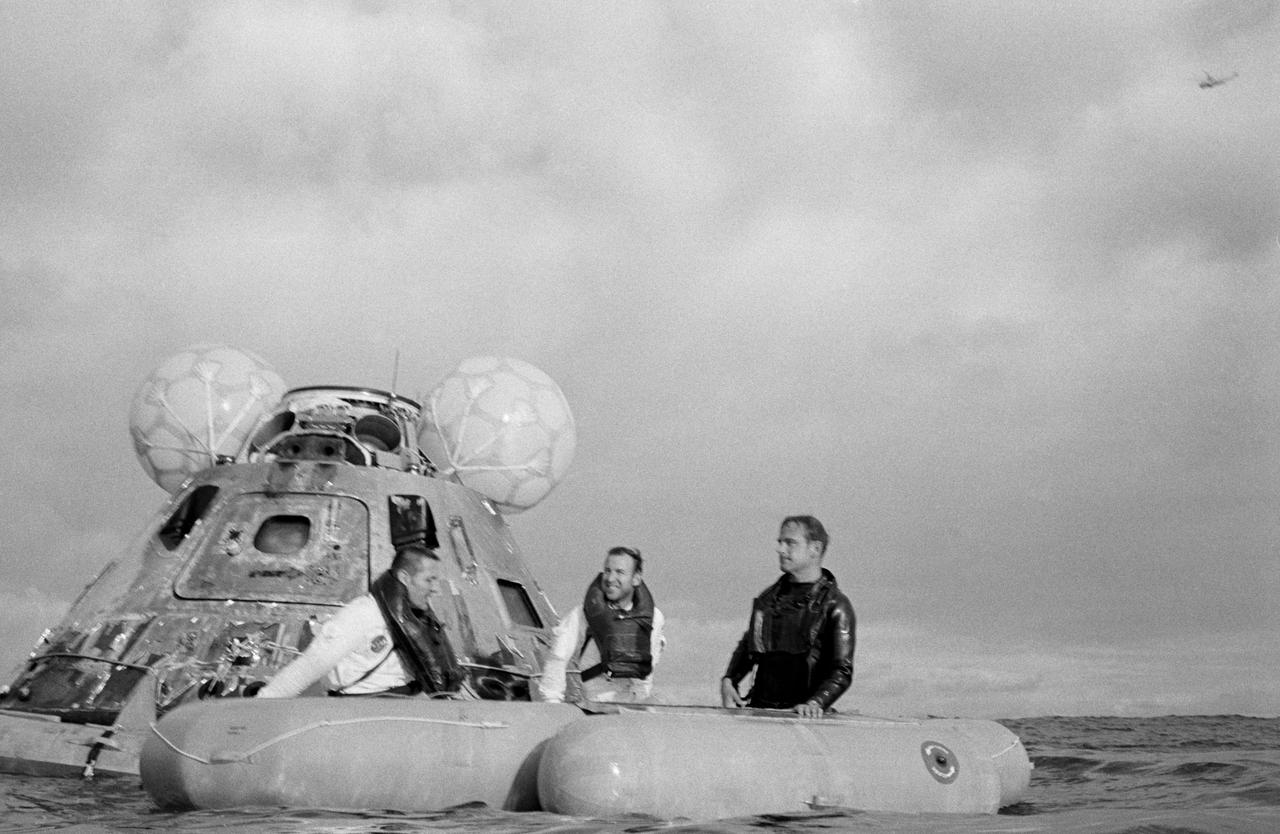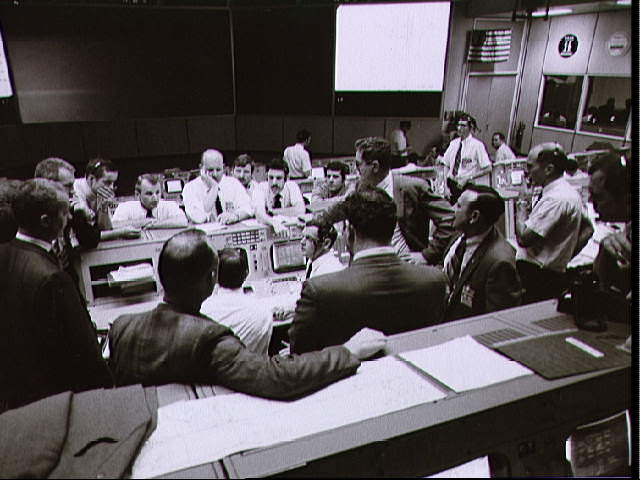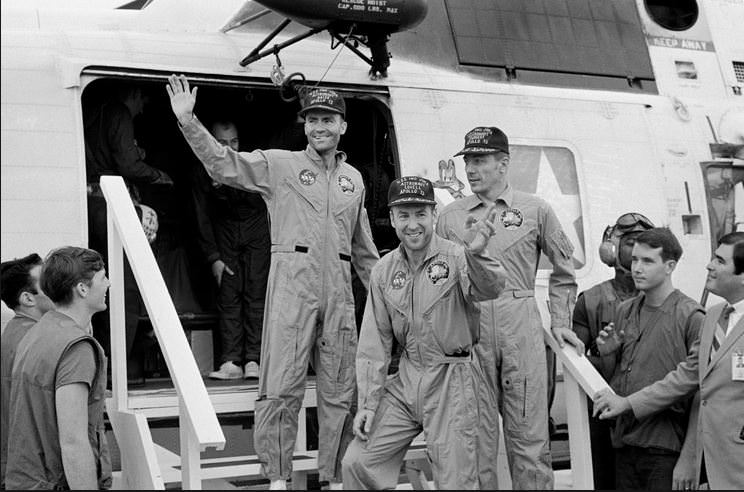Astronauts and cosmonauts in space have reported spatial disorientation problems, where they find it hard to get a sense of direction, or distinguish between what might be considered “up” or “down.” This is called “Visual Reorientation Illusions” (VRIs) where the spacecraft floors, walls and ceiling surfaces can suddenly exchange subjective identities.
An extreme example of this came when one shuttle astronaut reported feeling like the room was rotating around him when he opened his eyes one morning. Other astronauts have reported briefly not knowing where they were during a spacewalk.
Continue reading “Since There’s no Up or Down in Space, How do our Brains Deal With This?”


